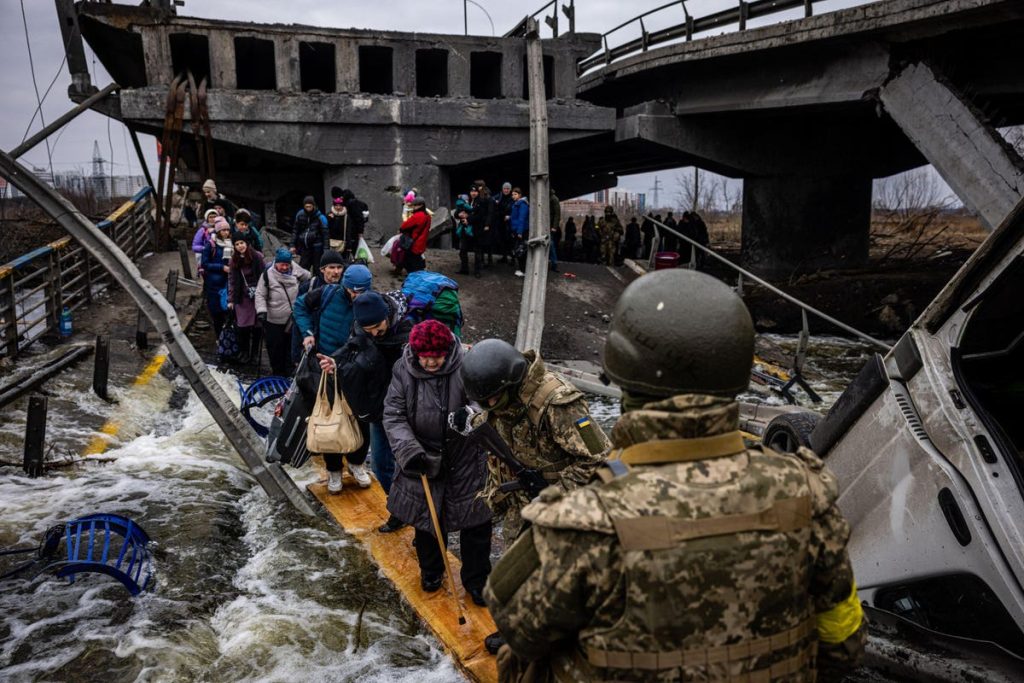In past years, you could count on a wave of charity scams around the end of the year. Now they are running 24-7.
With natural disasters in the headlines — like the horrible fires in Maui — charity scams ramp up. ‘Following natural disasters,” notes the Cybercrime Support Network (CSN), “instances of charity scams have unfortunately become more common, exploiting generous people’s goodwill and posing a challenge to true relief efforts.”
According to the CSN, there are three major types of fraud perpetrated by scammers after such tragedies.
- Scammers create fake websites or social media pages that look like they belong to a legitimate charity. They will use the same name or logo as a legitimate charity, or a similar name or logo. They may also copy the charity’s website design or create a fake website that uses a similar web address as the real charity.
- Scammers contact people directly and ask for donations. This is done in person, by mail, by phone, via email, text message, and even by social media messaging. The scammer may claim to be a representative of a legitimate charity, or say that they’re raising money for a specific individual or family in need.
- Scammers set up fake donation collection pages on sites like GoFundMe. Scammers will create a page asking for donations for a fake cause, or may pose as a legitimate charity.
- Scammers often target major charities, especially those that aim at people’s emotions and goodwill. Other organizations these scammers may target include: Veteran Organizations, animal charities and charities for sick children.
One rule of thumb that works consistently is to ignore every unsolicited pitch. If you didn’t call, text or email the organization, don’t respond. Most of these pitches are fielded by companies that take a huge cut of donations received. You’re better off sending money directly to the charity of your choice.
Read the full article here
